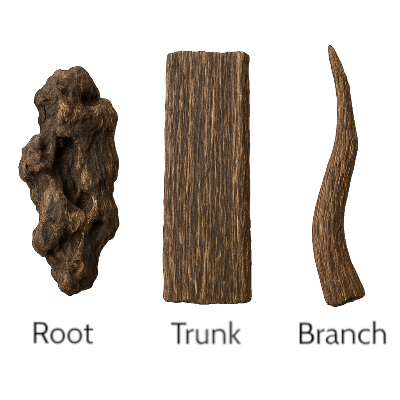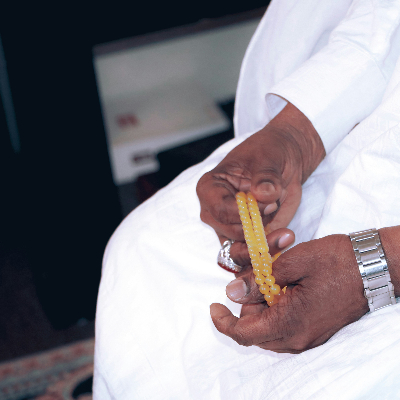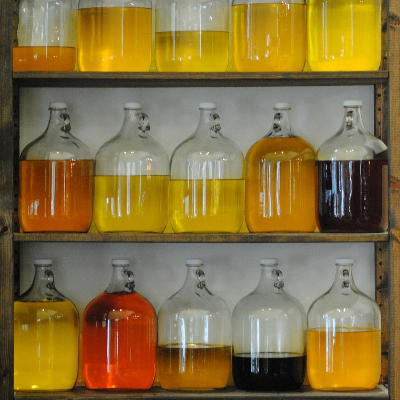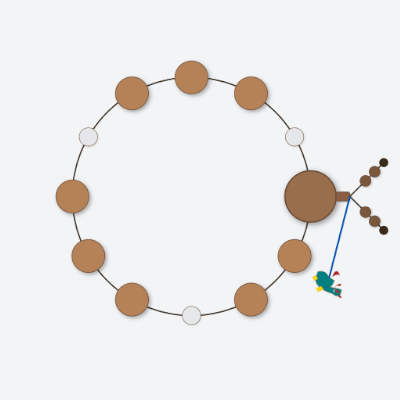Menu
-
-
F.A.Q
- How to identify genuine agarwood chip, natural or cultivated
- How to identify oil injection / absorption fake agarwood beads
- How to know if there are more than one oil in your oil
- How to make your wood bracelet or mala darker
- How to tell if an Agarwood bead sinks WITHOUT sinking it under water?
- How does back flow incense work and how do you burn it?
- Where to start if you don't know what agarwood is ?
- Why are you losing money if you buy seeds and plants?
- Which agarwood incense should I choose?
- Frequently Asked Questions
- Agarwood Related Articles
- Shipping
-
SHOP - Agarwood
-
SHOP - Other Fragrant Wood
-
SHOP - Incense Holder and Burner
-
- FREE Oud Oil guide
- Testimonials
- "Why did you buy this?"
- Contact us
- About Us
- +61430284329
- Login
-
English


Agarwood Through an experienced user's eyes: More Than Just Scent Part 1
August 01, 2025 3 min read
I am very fortunate to speak with some experienced traders and users. Many of them I consider experts. I am going to share with you their experience so we can all learn about this.
Uncle C is a purchasing manager of an incense company. He said the process of evaluating agarwood extends far beyond the surface. He needs to look, touch, smell, tap to listen, and even use intuition.
When holding an Agarwood piece on his hand, he can roughly tell its own story, for example, when it was formed (how old), the environment it was formed in (for example, the country and province where the Agarwood grow)
What does an experienced Agarwood trader look for?
Appearance
An expert does not just look at the wood—he reads it.
-
He looks for natural resin lines—subtle, irregular veins that tell of slow formation which takes decades. For example, the below

-
They examine the pattern, grain, colour variation, and transitions between the light and dark areas.

-
They check whether the piece was formed above or below ground, whether it came from a branch, trunk, or root.

They also observe the cutting angle: Agarwood cut parallel to the grain often reveals the internal texture and layering more clearly than cross-sectional cuts.

| Type (Root Trunk or Branch) | Appearance | Density / Weight | Resin / Grain | Scent | Colour |
|---|---|---|---|---|---|
| Root | Irregular shape, sometimes twisted or knotted | Very dense and heavy due to high resin content | Focus is on deep resin saturation | Deep, earthy, may have a cool or bitter undertone | Darker, sometimes reddish-black due to soil exposure |
| Trunk | Clear vertical grain lines, aligned with tree growth | Moderately dense, depending on resin formation time | Thick, even resin veins | Balanced and complex, varies by maturity | Natural brown tones, vary with resin age |
| Branch | Thin, sometimes curved like a twig | Usually light unless very old or treated | Fine, tight grain with less developed resin lines | Light and sweet, but less lasting | Lighter, sometimes uneven in tone |
Hand feeling: how does Agarwood feel on your hand?
An experienced user knows how agarwood should feel in the hand. With experience, he can estimate resin content, density and internal moisture. He feels it by tapping the piece and rolling it around his hand.
Most Agarwood pieces are very light, so this feeling is a second nature for someone who has been handling Agarwood all his life.
-
A good piece feels heavy for its size—a sign of rich resin content. This is very difficult to describe in words, because how heavy is heavy. You need to touch to feel it. Words alone are not enough, unfortunately.
-
The texture may be slightly oily, waxy. Especially high resin Agarwood. You can experience this too; take a look at our Kygarwood. You feel oily because of high resin content (which means good quality)
-
For some Agarwood logs, tapping the wood may produce a dull, rounded sound, rather than a crisp echo. This is to test the density.
I am sure many of you have experience in choosing fruit, for example, watermelon, durian, avocado and others. This requires experience. So the above is just to show you, not something you can do immediately.
The aroma
When heated, an experienced user will not rush the fragrance. They will use a mica plate or a temperature-controlled incense heater, allowing the scent to rise gradually. The nose listens: is there sweetness, coolness, bitterness? Is the profile soft or sharp? Does it change over time?
What truly sets a practitioner apart is not a checklist of traits, but a sense of dialogue with the wood. One does not judge too quickly. They sit with it, reflect, and let the fragrance unfold its history.
A very experienced user can distinguish:
-
The origin of the Agarwood (e.g., Thailand, Vietnam, Cambodia, Malaysia, China, Brueni... or even the provinces of these countries)
-
The formation method (natural, cultivated, insect-damaged, buried underground)
-
Even the age and storage condition of the piece
There you have it. I hope you find this article useful.
You may have tried thousands pieces of Agarwood, but maybe only one touches your soul.
Leave a comment
Comments will be approved before showing up.
Also in News

What is Tasbih? The Deep Meaning of Subhan Allah and the Role of Prayer Beads
November 09, 2025 4 min read

